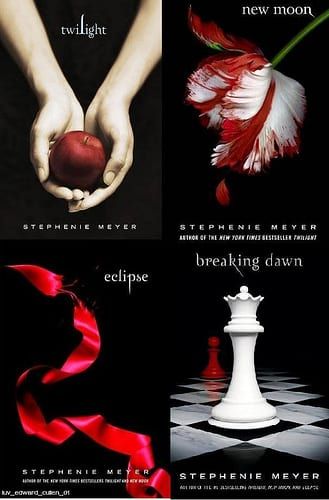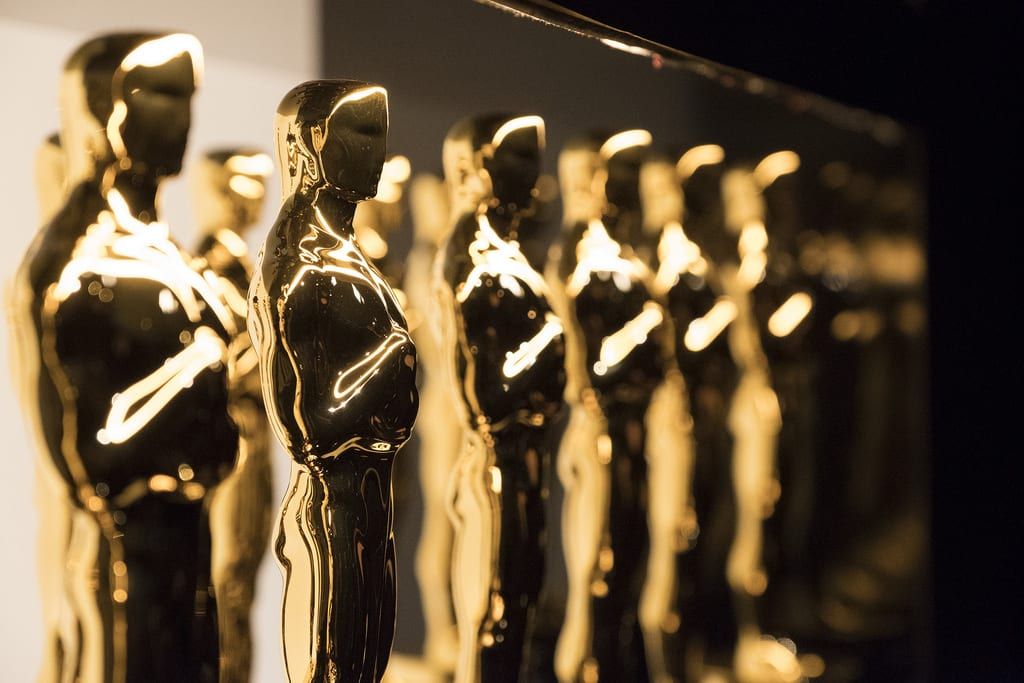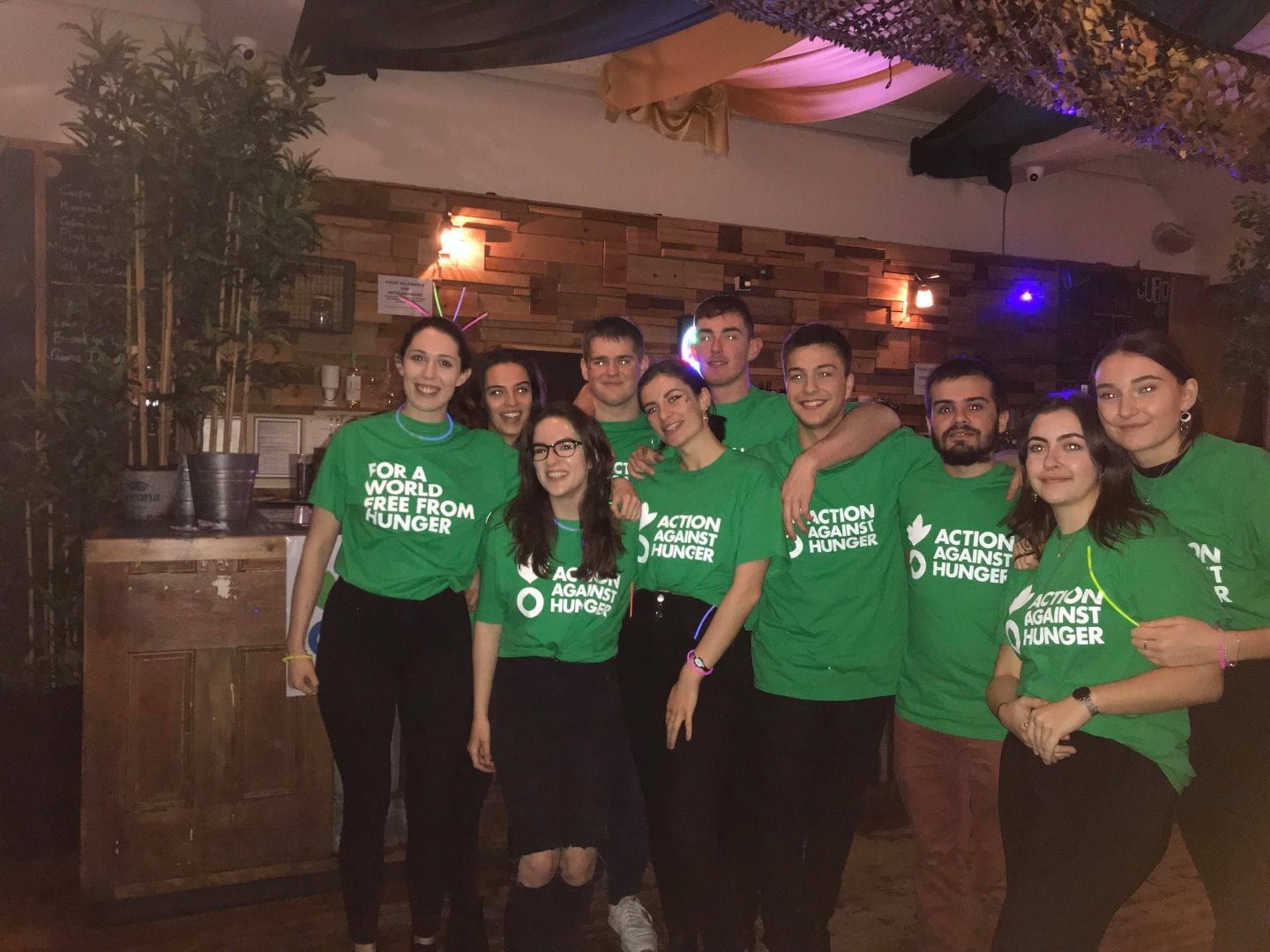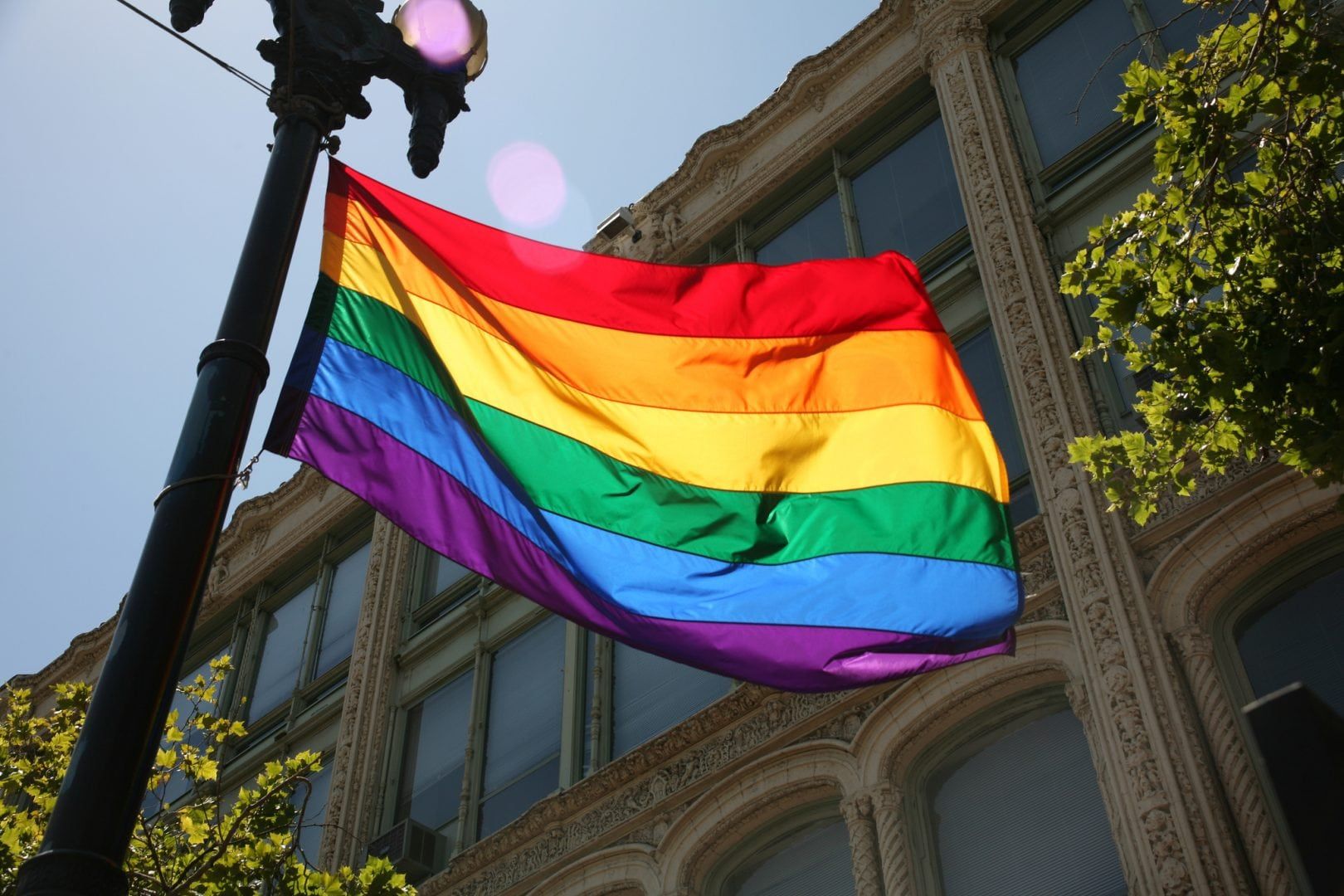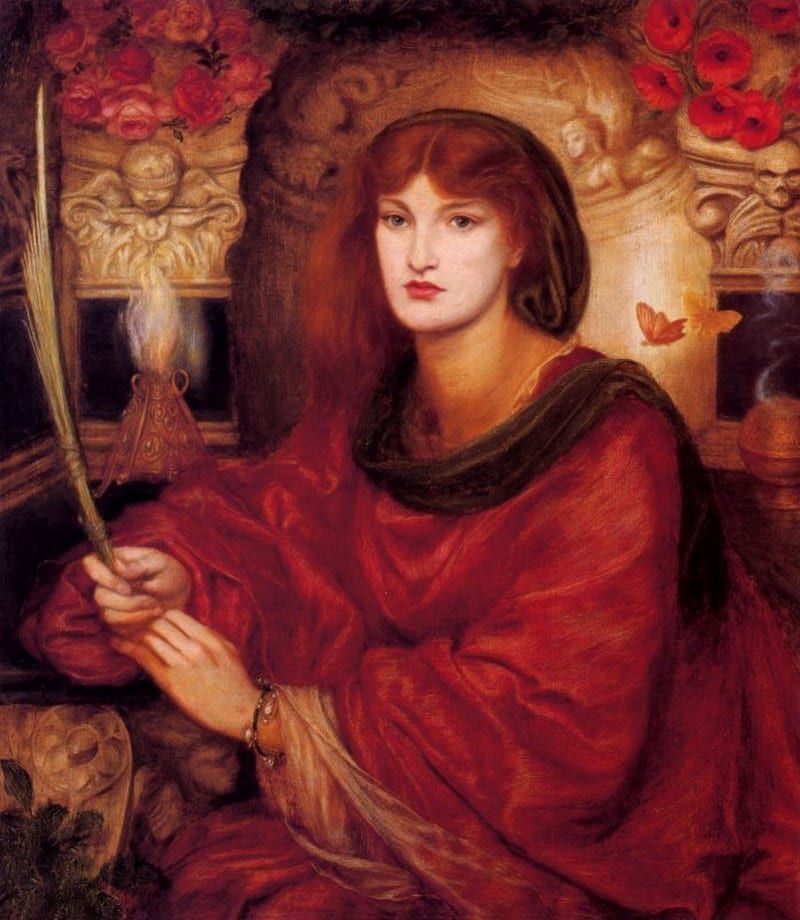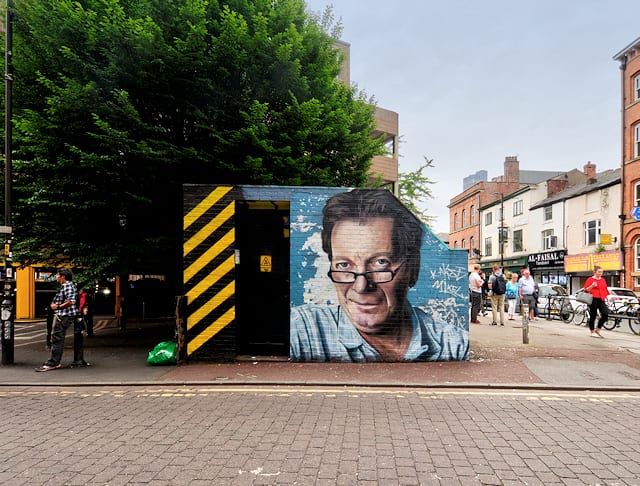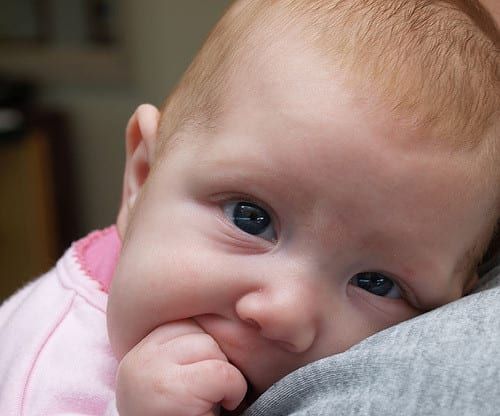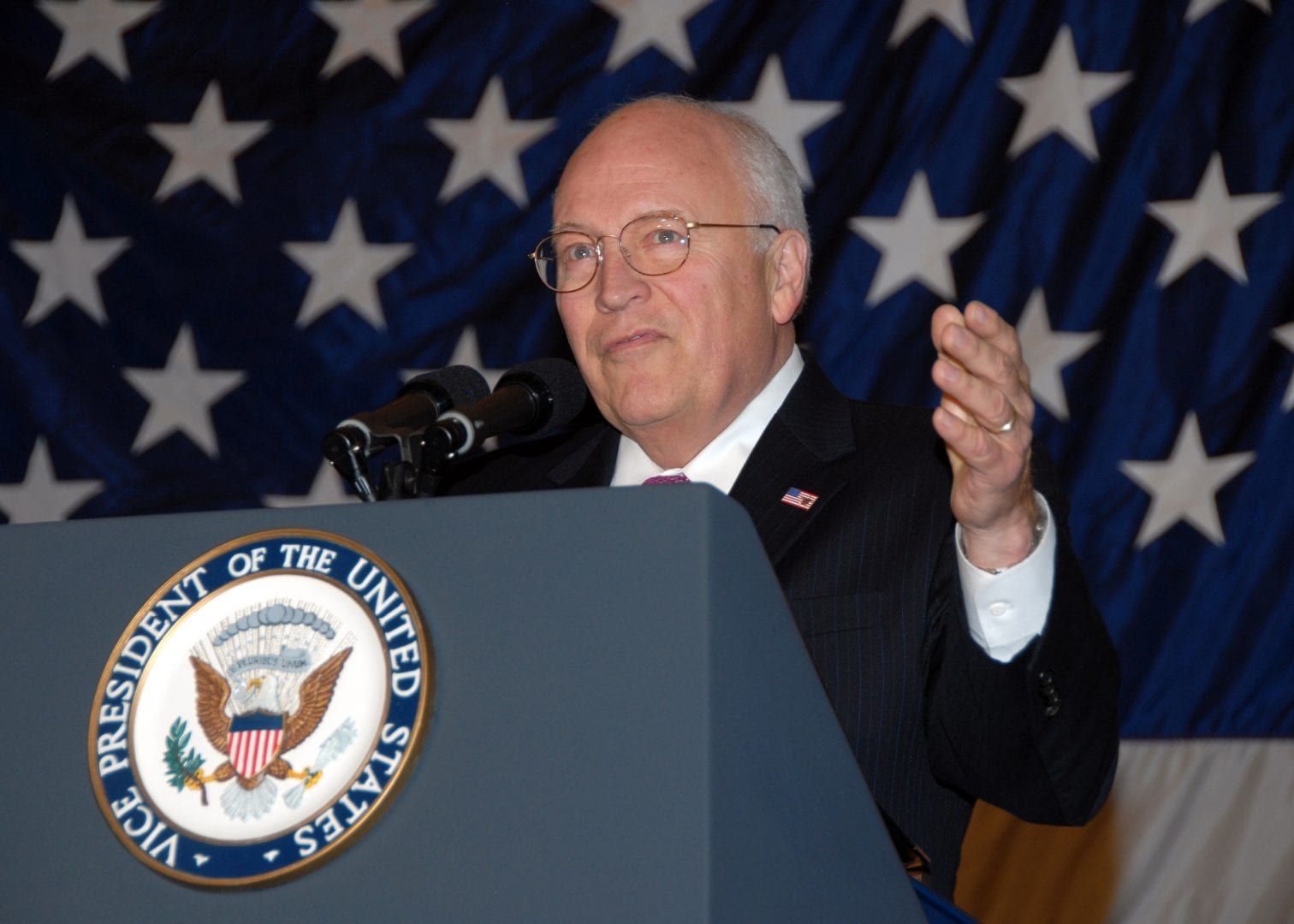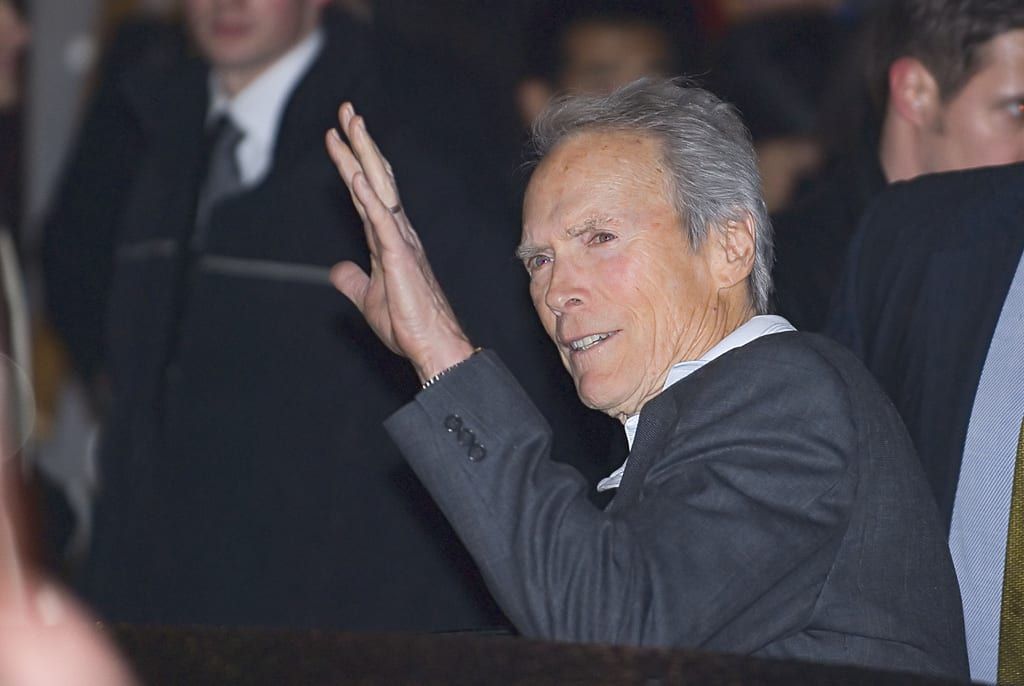The profit mine of student housing
A recent investigation by The Mancunion has revealed that student rents in Manchester are disproportionately higher than prices for standard lets. With an average of a £17 increase on the market prices, student housing in Fallowfield and Withington has highlighted the way higher education reinforces class-based inequalities.
Those whose families can afford such high rents are able to attend university safe in the knowledge that they will always have enough disposable income. Therefore, the wealthiest students are able to enjoy the full experience of university, not just the academic aspect, but the social and cultural side which is presented as such an integral part of your early 20s.
Even the highest student loans would struggle to stretch to high rents and still enable students to afford as high a quality of life as some of the richest. Students from less well off families cannot afford to eat as well or exercise as regularly because good quality food and gym memberships cannot be prioritised above housing and bills.
Being able to go out for dinner, or go to the pub, or the cinema and theatre are not wild luxuries which only the elite should have access to. This inequality of leisure is especially prevalent at university when time for relaxation and fun is so crucial to maintaining mental and physical health.
One third-year student has reported that his total loan leaves him just £100 to live on for the whole year after he has paid his rent. Many in this position are forced into part-time work during term time which can be disruptive to studying, as well as restricting their participation in extra-curricular activities or joining societies, or even just being able to have proper lie-ins at the weekend.
Of course there are bursaries and scholarships, however these wouldn’t exist if it wasn’t a safe assumption that the beneficiaries would be the minority. If the University were to support the housing costs of every student who couldn’t comfortably afford their rents they would be bankrupt.
Students are targeted for high rents because they are assumed to be members of the wealthy elites; a class apart regardless of their geography. This makes university, or at least an enjoyable experience of it, the preserve of the richest students, and alienates those from poorer or working-class backgrounds.
As The Mancunion’s investigation highlighted, landlords seek to capitalise on students’ inexperience in negotiating housing contracts or dealing with bills. The report highlights how some landlords overcharge for utilities in ‘bills included’ contracts, and some charge full rent for the summer months despite not allowing their tenants to live in the property.
Clearly, students are seen as profit mines and are universally treated as the rich and stupid. This is insulting to those who do come from wealthy backgrounds, and it is profoundly damaging to the poorest who want to attend university. The image of university as the preserve of the upper classes becomes a self-fulfilling prophecy; because it is assumed that they will be the majority of those attending university, the costs of attending beyond just the fees are tailored towards them.
The exploitation of students’ finances alienates those most easily dissuaded from attending university. The culture of privilege which has dogged higher education through history is only reinforcing itself and perpetuating the toxic inequalities of wider British society.



